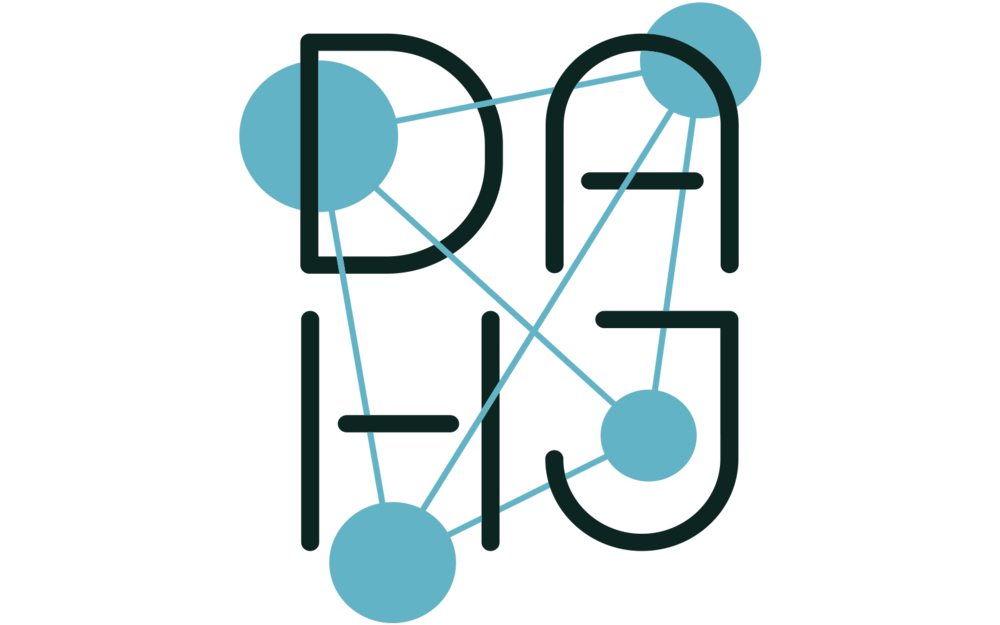The International Journal for Digital Art History (DAHJ) marks its 10th anniversary at a crucial moment when digital images are not only omnipresent in daily life, but are generated by active agents that shape our ways of seeing and knowing the world. For this milestone, we invite submissions that critically explore the desires, demands, and politics of digital images in contemporary visual culture, while questioning the very foundations of what constitutes digital art history in an age of algorithmic methods of image making and visualization.
Taking W.J.T. Mitchell's What do Pictures Want? and David Freedberg’s The Power of Images into the digital realm, this call seeks articles that interrogate the complex agency of digital images today and the power dynamics at play in their creation. We aim to investigate not only how images and data (and images as data) shape cultural narratives and power systems, but what these digital entities seem to demand from us as scholars, archivists, cultural producers, and spectators. At the same time, we seek to understand how a visual studies approach to digital images might generate alternative (digital) art histories and new ways of seeing beyond the constraints of conventional methodologies.
Walter Benjamin distinguished between the image as a visual phenomenon and the medium that carries it. However, digital images require a more complex model (Klinke): 1) The visual phenomenon – what we see on the screen. 2) The media system – the software and hardware that generate and display the image. 3) The invisible data layer – metadata, algorithmic decisions, and training datasets that determine how images are created and presented. This third layer is crucial for understanding digital images. They exist not as fixed objects but as dynamic, networked entities, processed through global cloud infrastructures and algorithmic frameworks.
We encourage contributions that address, but are not limited to, the following themes:
The epistemology of digital images: How do AI and algorithmic processing change our concept of images?
The politics of visibility: Who controls image circulation on digital platforms? How do power dynamics between images, institutions, technology, and communities manifest in the digital sphere?
Digital art history and Big (Image) Data: New digital art historical methodologies for studying contemporary visual culture.
Algorithmic aesthetics: How do machine-learning models shape and homogenize visual production?
Image infrastructures: How do cloud systems, metadata, and recommendation algorithms mediate digital images?
We particularly seek contributions from scholars who interrogate the complex relationships between technology, ethics, and the politics of digital visual cultures, including perspectives from art history, visual studies, digital humanities, and adjacent fields. We also welcome submissions from digital artists.
The call is now open and first articles are to be published in the second half of 2025. To submit articles, please register first and review the information for authors. We will be publishing articles on a rolling basis.

